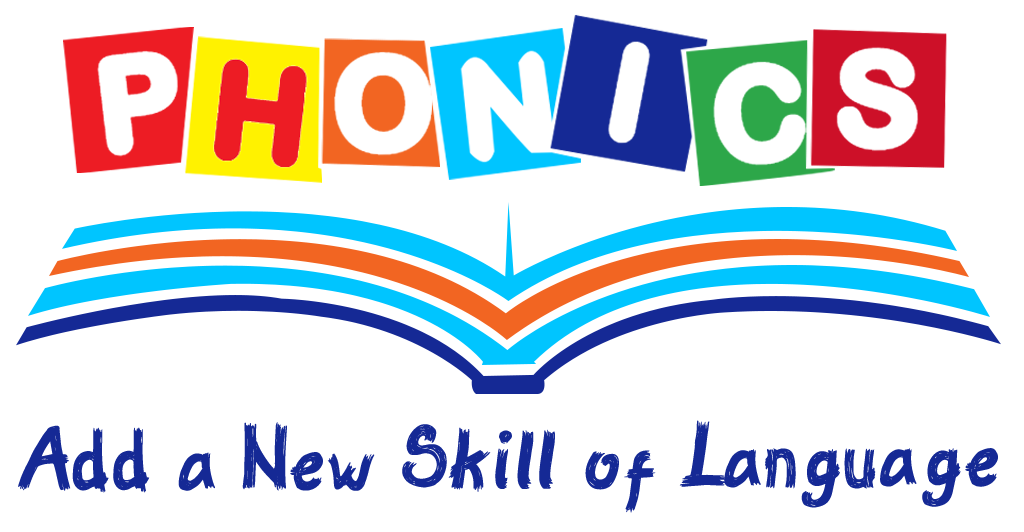It is a pleasure for parents to watch their children grow and develop. Your child’s first step, first word, and reading for the first time are milestones that all parents love to witness. Most children naturally learn to walk and talk, but reading must be taught. Reading is essential for all future learning. So what are the best methods to teach this critical skill? There are two main theories. The classical method focuses on teaching all the sounds of each letter or groups of letters called phonetics. Students learn that letters make sounds and that putting letters and sounds together makes words. Going one step further, students discover that putting words together forms sentences and, from there, paragraphs, etc.

The modern method, most often seen in kindergarten classrooms today, involves memorizing the most commonly used words. If a student encounters an unfamiliar word, they are told to use the context of the story or pictures to simply guess. Some modern curricula claim they include phonetics but do not teach all phonograms. Word families, word patterns, and long / short vowel sounds are often taught in isolation. This does not prepare students for when they encounter longer and more sophisticated unfamiliar words.
If we look at history as our guide, research has shown time and again that the classical method of phonetic instruction that is systematic is the most effective way to teach students to read.
As the United States struggles to compete with other nations in math and reading, bureaucrats are constantly looking for new methods to solve America’s education crisis. The answer is not found in a new curriculum or in new practices. There is no need to reinvent the wheel when history shows us the strength of the classical methods that educators have used for many years. Explicit teaching of phonetics has proven to be an effective way of teaching students to read.
What are the benefits of using a phonics-based reading program to learn to read? Here are 5 reasons:
1. Students learn to decode unfamiliar words.
Rather than teaching short vowel sounds this year and long vowel sounds next year, which is often the case in classrooms today, you need to teach students all the sounds that each letter and each makes. group of letters. This eliminates the need to memorize “sight words” and gives students a greater understanding of how words are made and read.
Once all the phonograms are mastered, kindergarten students are ready to decode any word they find. The ability to decode unknown text will inevitably expose students to a larger vocabulary. It has been proven that the more “weird words” a child is exposed to, the more likely they are to be successful academically.
2. Students become better at writing
When students know phonograms and how to divide a word into sounds, they can also write correctly. Understanding the sounds and rules of language helps the student choose the correct phonogram for the sounds they hear in a word when writing. The writer will have the confidence and ability to continue their train of thought and focus on the content of the writing rather than being continually interrupted by misspellings.
3. Students learn the rules of their language.
In addition to learning all the phonograms, students must learn the rules of the English language. A solid understanding of the rules helps students choose which phonogram to use when they find a sound. For example, if I hear a “sh” sound, it can be written using “sh”, “ch”; “Ti”, “ci” or “si”. The rules establish predictable patterns to follow that allow us to choose the correct phonogram that corresponds to a given sound. When a word breaks the rules, students can look back at the origins of the word to understand why the word does not follow the predicted pattern.
4. More fluent readers
Once students have mastered decoding, they can read faster and with much less frustration. This prompts students to quickly jump to more challenging books and precious history books are opened to them. Also, textbooks in subjects such as science, math, and history are easier to read.
5. Improve reading comprehension
Once decoding becomes automatic, it offers brain power to fuel understanding. The ease and speed that comes with solid fluency allows readers the flexibility to see the meaning and consider the author’s message.
With competition in reading declining across the country, it is essential that our classrooms ensure that students learn to read. Systematic phonics instruction should be the backbone of our early literacy instruction. It will guarantee the success of all readers, even people who have struggled within the past.
Need help in choosing the right method? We’re here to help you to find the best Phonics Materials for your lifestyle. Visit us at phonics.com.au today!


